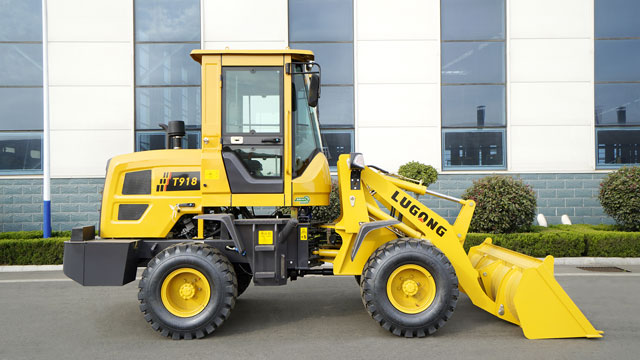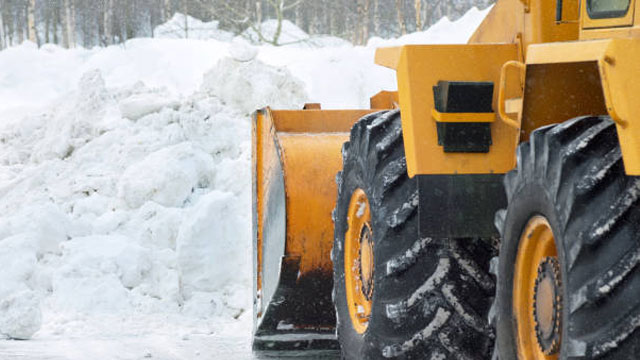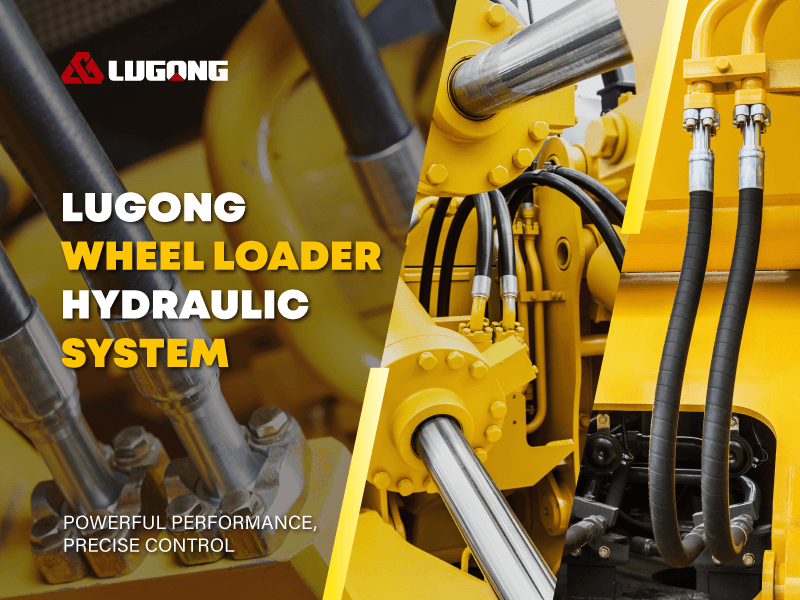The Price to Buy a Wheel Loader
Today’s market offers a wide variety of wheel loader, the most widely used heavy equipment in the construction industry for shoveling, digging, dumping and transporting a wide variety of construction materials. It can also be used in fields such as agriculture and mining.

Wheel Loader Type
Wheel loaders come in a variety of sizes and configurations. There are compact loaders, small loaders, medium loaders and large loaders, skid steer and shovel loaders.
The compact wheel loader is the most widely used wheel loader. Compared with the large and medium-sized wheel loader, the cost is lower, it can travel fast, and it is more efficient in handling and loading work. It is also the most cost-effective device.
Large and medium-sized wheel loaders are mainly used in large-scale engineering fields, such as large-scale mining and large-scale construction industries.
Skid steer is smaller equipment than compact loaders and are more maneuverable for tighter spaces.
Lugong compact wheel loaders are very popular in the loader market. As the leader of compact wheel loaders in China, they can be widely used in farminig, mining, construction and other industries. Its engine uses less fuel, and the articulated front end on the tires makes steering easier.
The Price to Buy a Wheel Loader
Wheel loaders come in different models with different prices. Generally, buying a new front end loader can range from $10,000 to $200,000, depending on the features offered and the size and weight of the machine. The cost of a wheel loader, in addition to the price of the wheel loader, should also consider fuel costs, maintenance costs, and parts costs.
In general, the more power a wheel loader needs, the more fuel it consumes. Compact wheel loaders consume less power and are still more fuel efficient.
Tire life is also an important factor that affects the cost of a wheel loader. The life of the tire is not only related to the quality of the tire itself, but also the slip steering of the tire. The slip steering of the tire is difficult, and the cost of the tire will increase accordingly. Using tires on rough surfaces or using inappropriate pressure or ballast is a surefire way to shorten their lifespan. Make sure you use terrain-appropriate tires to keep them moving.
Maintenance and parts costs. Keeping your equipment up-to-date with essential tasks like filter and fluid changes, lubricating parts, and performing regular inspections and repairs can keep your equipment working at peak efficiency and alert you to any problems before major work or expense is required. Making sure your operators are well trained on daily and weekly maintenance tasks can help them keep an eye on them. Good maintenance is one of the most important factors in maximizing the life of a machine.
Lugong loader not only has low price, but also has high quality, comfortable driving experience and high stability, which has always become the benchmark of the industry.

Things to Consider When Buying a Wheel Loader
What is your intended purpose?
Think about how you plan to use the front loader. List the tasks you wish to perform. Take this list with you when you go shopping. It will help you determine how much horsepower you need; how heavy your machine should be and what hydraulic flow and configuration you should be looking for.
Operates more demanding accessories such as mulchers and snow blowers. While a standard flow hydraulic system will sometimes provide the appearance of running high flow attachments, the performance will be disappointing. Know the hydraulic flow you need.
Bucket capacity
Buckets are the most common attachment on a wheel loader, so it’s important to know the loader’s capacity. Capacity is usually measured in cubic yards—equivalent to stacking material one yard high, one yard wide, and one yard deep—or about nine trolley loads. Subcompact loaders are limited to one cubic yard or less of material. Compact machines can typically lift 2 or 3 cubic yards, while medium and large loaders can lift up to 20 cubic yards or more. Bucket size is determined by engine output, hydraulic flow and machine weight. Get a loader with the required capacity.
Lift height
Wheel loaders have a lift height commensurate with their size and weight. Compact loaders are designed for relatively short lifts (lifting potted plants onto trailers, loading pallets, hauling and dumping dirt). Larger loaders can extend over the sides of dump trucks, reach overhead, or lift long uprights into place. So smaller machines can typically lift buckets to 8 to 10 feet, while medium machines can lift to 12 to 14 feet. Larger loaders can reach 25 feet or more. Make sure your loader can raise its arms high enough to perform the task you want.
Articulated
Fixed frame loaders can do anything a flexible frame loader can do – but not as flexible. Articulated loaders have a pivot joint in the middle that allows it to “bend” when cornering, so it reduces the turning radius compared to rigid frame machines. Some manufacturers offer all-wheel steering, which allows the rear wheels on the loader to turn in sync with the front wheels. This also reduces the turning radius, but at a small cost to stability. If your job site doesn’t require sharp turns, a more complex system is not a factor in your machine choice.
Lugong Group can provide customers with various types of wheel loaders. For more information about wheel loaders, please contact us.


